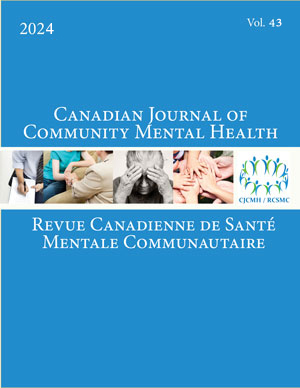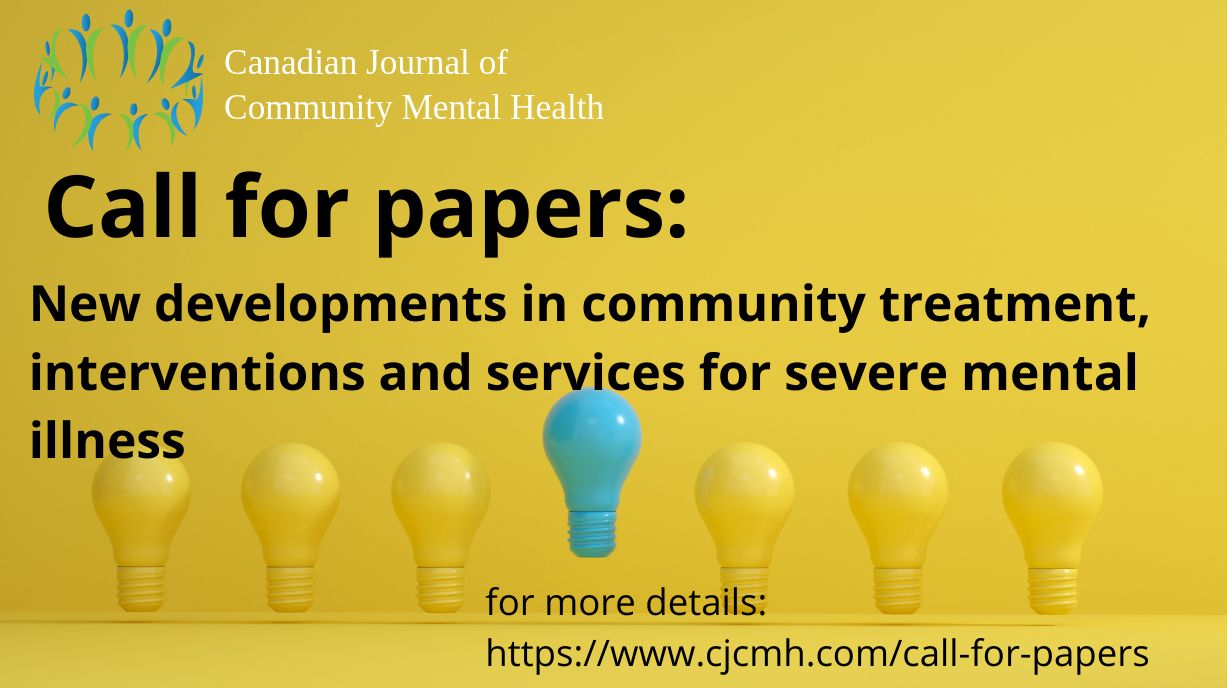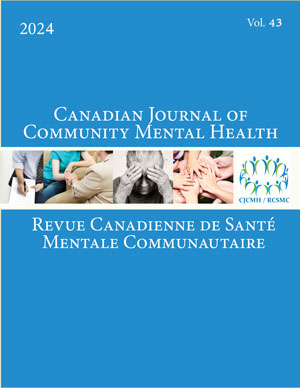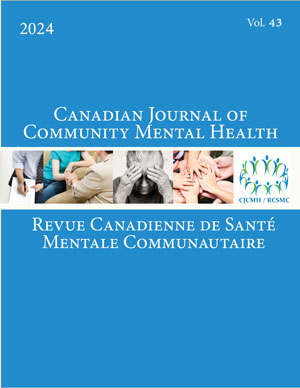Volume 43 • Number 3 • September 2024
Articles
Results of a Process Evaluation of the Implementation of a Housing First Program in Waterloo, Canada
This study evaluated PATHS2Home (P2H), a Housing First program in Canada, through qualitative interviews and focus groups with 34 program staff, participants, and partners. Results showed successful implementation with participant satisfaction, strong program design and leadership, skilled staff, positive service system relationships, effective housing support, and fidelity to the Housing First (HF) model. Challenges included skepticism of the program model, communication with partners, staff turnover, and systemic factors such as affordable housing availability. Overall, the evaluation showed successful implementation of the P2H program in line with HF principles and identified several areas for improvement to better support participants and achieve program goals.
Evidence suggests that people who use cannabis therapeutically for mental health reasons can experience a double-stigma. This implies the need for educational interventions to shift public attitudes. Thus, we set out to assess the feasibility and impact of a remote participatory video project aiming to reduce associated stigma. We trained a small workgroup with lived experience, who successfully produced three educational documentaries about different aspects of medical cannabis and mental health. Data collected through a survey and focus groups indicated that the videos educated viewers and reduced associated stigma. This suggests that remote participatory video is a promising anti-stigma intervention.
Socioecological models are commonly used by researchers, practitioners, and educators in mental health because these models acknowledge the environmental influences of well-being and help to inform the development of multipronged intervention strategies. However, their versatility and variety of uses in mental health and community psychology have presented challenges for researchers in defining the boundaries and acceptability of socioecological approaches. In this commentary, we provide an overview of socioecological approaches, describe some common applications, provide guidance for investigators seeking to use these models, and call for greater transparency in reporting to enhance its use in community psychology and mental health inquiries.
This article outlines the planning, implementation, and evaluation of Nova Scotia Health’s first province-wide centralized intake services for both mental health and addictions. The key steps in the planning phase included stakeholder identification, current state assessment and system design. The service was then successfully implemented, leveraging dedicated training and support resources for managers and staff. The results of the evaluation suggest that the intake service reduced wait times for mental health and addiction intake assessments by 60%. Moreover, clinicians found the assessments useful in understanding their clients, while clients reported that the intake experience was supportive, although the response rate was low.
Offert aux adultes recevant des services en psychiatrie, le programme Vincent et moi de l’Institut universitaire en santé mentale de Québec accompagne les personnes s’investissant dans une démarche sérieuse de création artistique en arts visuels. Une évaluation des impacts du programme a été effectuée par une méthode de recherche qualitative et participative inspirée de la méthode Photovoice (Wang et Burris, 1994), nommée La voix de l’art.
Non-suicidal self-injury (NSSI) is a significant concern on college campuses. Anticipated judgments and negative responses from others may prevent young adults from disclosing NSSI and obtaining help. As this area is poorly understood, the current study qualitatively explored the views of 279 college students (aged 18–25) with a history of NSSI regarding their peers’ perceptions of NSSI. Participants completed an online survey, including open-ended questions addressing anticipated NSSI stigma. These were thematically analyzed, yielding three themes: Perceived Greater Acceptance, Perceived Limited Understanding, and Persistent Stereotypes and Stigma. Results have implications for anti-stigma initiatives and lay groundwork for further work in this new area.
Practice Innovations
The pandemic posed challenges to youth-serving nonprofits (YSNs) creating a need for innovative and creative adaptations in program delivery. This article outlines a three-fold approach used to navigate these challenges, highlighting their resilience, and innovative practices in supporting youth.










